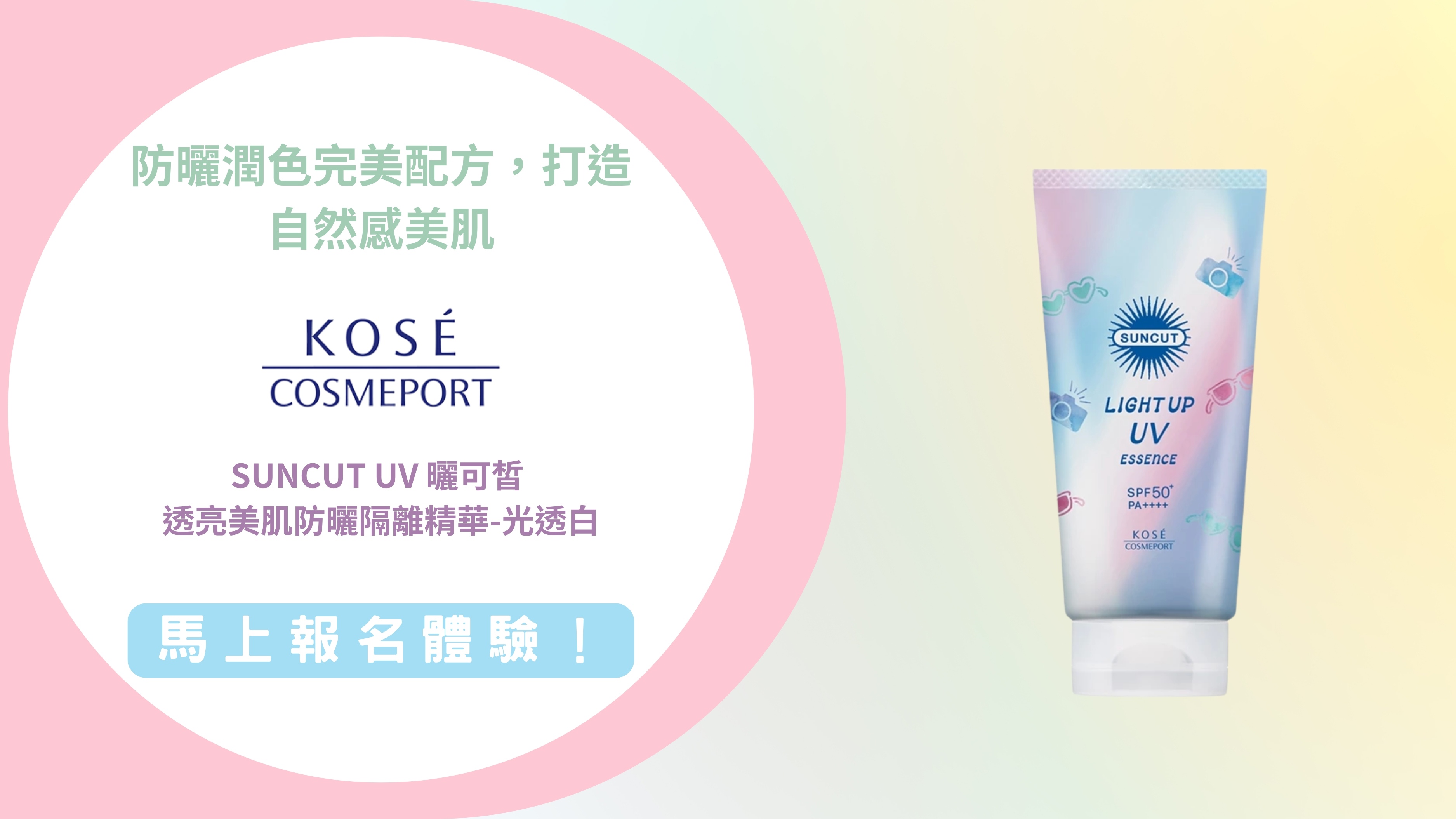
正常鐵水的鑄件表皮1~2mm內, 因受模面之激冷作用, 過冷度很大, 石墨凝核數量大, 長出過度微細的石墨(D-type石墨或稱過冷石墨), 此種石墨周圍波來鐵不易保持, 基地通常是肥粒鐵, 強度低, 故通常我們不希望它出現於鑄件內部. 正常情況下, 凝固由外表往內部進行時, 過冷度漸小, 石墨逐漸由D-type 轉變為A-type. 鐵水內 Ti 濃度 > 0.015% 會促進石墨凝核, 而生出 D-type 石墨 .不過 卻是在內部 . 冶金學上 稱為"雜質元素引起的過冷" (外皮是溫度引起的過冷) 另外, 因Ti 促成樹枝晶之生成, 枝晶交界面為脆弱面 , 凝固後的降溫收縮, 長度較長的肋條, 很容易發生熱裂(hot tear)現象. 相片左上方為靠外皮處, 凝固之初, Ti濃度低, 還不會作怪. 往內部 Ti濃度逐漸增高, 在達到會作怪的程度時, 石墨就由A-type 轉變成 D-type. 敲斷後的破斷面是"外部閃閃發光(波來鐵), 內部則看起來黑黑髒髒的(肥粒鐵+過度微細的石墨,不反光). 這種金相組織的突然變化 (不均勻), 也很傷切削刀具 (切削阻力不均, 易崩角 ). 有人推銷生鐵時, 要特別注意其 Ti%, P%. 印度生鐵 Ti% "恐怖高", 請特別注意.
D-type graphite has graphite flakes which are too minute to allow the presence of pearlite in the matrix. Therefore, when D-type graphite is present, mechanical properties of the iron will be degraded---more or less, depending on the amount of the D-type graphite . D-type graphite is caused by 1>undercooling of the melt as iron melt first touches cold mold walls, most of the "front metal" during pouring will have D-type graphite if not turn white; 2> Ti% in the melt. Ti is a very undesirable element in iron melt. In the photo above, A-type graphite appears below the surface of the casting, as the solidification proceeds inward, Ti% gets higher and higer until it reaches > 0.015%, D-type graphite suddenly emerges. Looking at its fracture surface, you will see a layer of shiny structure on the outside (because light is reflected by pearlite) and a dull black look on the inside of casting ( because no light rays are reflected by the mixture of fine graphite flakes + ferrite ). The sudden change of type of graphite in the casting is also detrimental to cutting tool bits because the abrupt change in the resistance of tool tip causes the tip to chip. Below: white phase---Ferrite; black phase---graphite flake



 留言列表
留言列表


